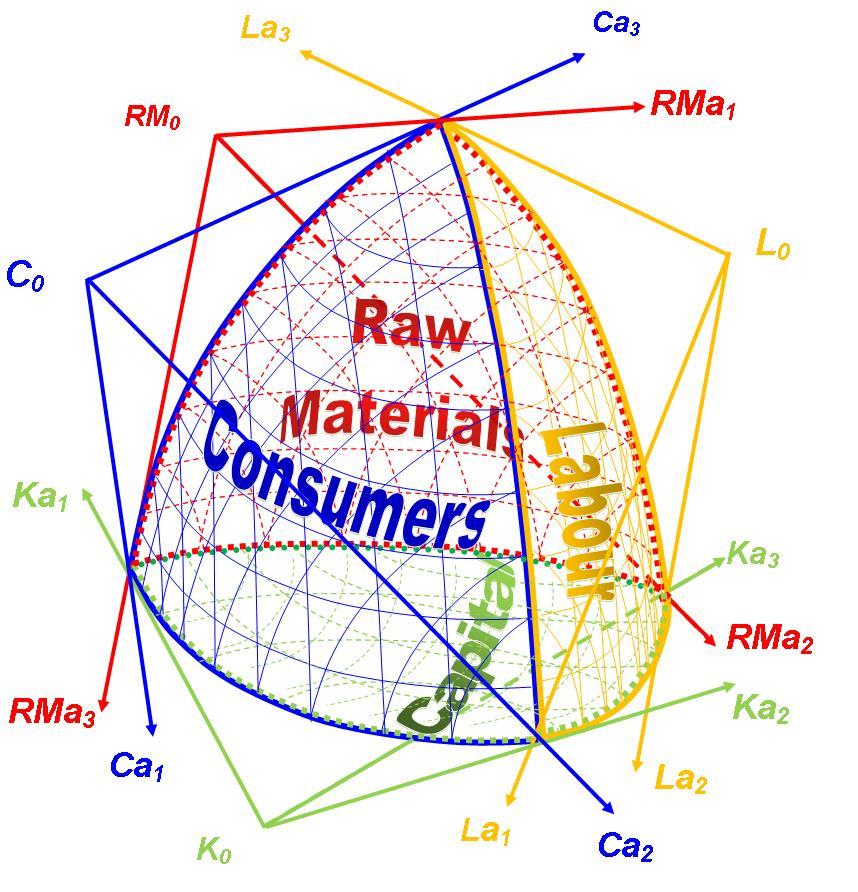In the spring of 1980 when the core element of the Escondido Framework appeared in a seminar paper at Stanford, Microsoft was still working on a software product called Xenix and Apple’s approach to customer service was to advise customer experiencing problems with the Apple III to “raise the computers six inches in the air, and then let go” (which would cause the intergrated circuits to fall back into place). Geeks in a handful of universities were linked by prototype TCP/IP that evolved to underpin the internet. The very first generation of cellular mobile telephones was still a year away and the leadtime for the supply of a new landline when I returned to the UK that autumn was over six months.
Whole industries have come and gone, the incomes of people living in the developed world have more than doubled in real terms, and in much of the less developed world several times over. Information about almost anything is available in seconds to anyone with a smart phone. Fifteen years ago, working on a strategy for an IT multinational for its business with the retail industry I was impressed by the fact that the largest retailers were then dealing the terabytes of data. Today, I am backing up my laptop to a pocket size domestic hard disc with more than a terabyte of capacity, and that’s only because I am too much of a Luddite to back up to the Cloud.
The logical underpinning of the Escondido Framework suggests that it should be applicable to organisations throughout the ages and in widely differing societies around the globe. It should provide a means of explaining how organisations work irrespective of the technological context. Nonetheless, changes in technology change the way in which industries work and information flows, the structure of economic activity and way that information flows. We see changes taking place around us in terms of globalisation and the increasing power of some very large companies. We have seen new channels and marketplaces open up. We have seen financial services markets apparently transformed, accelerated and dispersed. None of the change the validity of the model, but the precise impact of the technology development will depend on the how it affects the internal operations of the firm and the market interfaces.
To illustrate how technology affects the model, let us look at the impact of the development of the “gig” economy with new types of service company engaging independent sub-contractors and freelancers.
Looking at the potential impact of changes in technology, or rather technologies, on the Firm, we should return to the visualisation of the simple firm as a Reuleaux Tetrahedron. Advances in a technology that improve the internal operations of the firm without any changes to the external market places will have the effect of moving the market interfaces outwards, towards point Lo, Co, Ko, and/or RMo. Changes in technology that change relationship with suppliers, for example, of raw materials in the way that on-line catalogues and auctions have affected procurement, would move the relevant market place outwards. This would appear to be the consequence of the technology developments that have created the gig economy, widening the opportunities for some companies sourcing efficient labour inputs.
However, under certain circumstances, which might widen the choices for the other party – most obviously with consumers, but potentially with suppliers whose market opportunities might be widened, would have the effect of moving the market interface inwards, reducing the size of the solution space. And, although the technology developments that have widened opportunities for some companies and effectively moved the market interface for labour inputs outwards, for others, tied into existing models of business the market interfaces may move adversely, with the consumer market interface moving inwards as the price customers pay for a given service level falls as a result of competitive pressures from competitors able to engage with the gig economy.
For more on this subject, click here.

